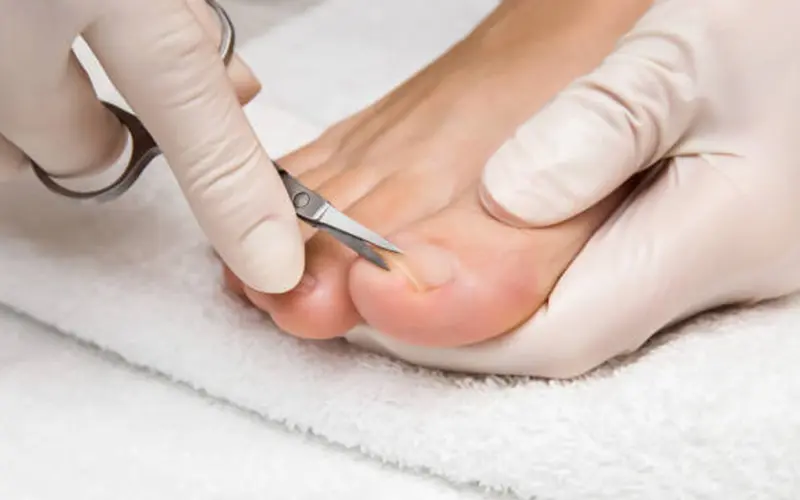Ingrown Toenails

Ingrown toenails and plantar warts are common foot-related issues that can cause significant discomfort and serious side effects. We offer the best and most appropriate care to help them relieve symptoms and prevent further problems from developing.
Ingrown Toenail Treatment Q&A
What causes ingrown toenails?
Ingrown toenails occur when the nail grows into the soft tissue along the side of the toe instead of growing on the surface of the skin. Ingrown toenails usually are very painful, and without treatment, they can cause infections which can quickly spread and become very serious. They tend to occur more commonly among people who wear tight-fitting shoes and among people whose nails grow in a very curved shape or whose nails are very thick. They can also occur if the toenail is cut into a curved profile instead of being cut straight across. Infections can occur in anyone with an untreated ingrown toenail, but they’re especially common among those with compromised immune systems or circulatory or nerve-related issues, including those with diabetes.
How is an ingrown toenail treated?
Ingrown toenails need to be trimmed back professionally to remove the portion of the nail that’s growing into the skin. Once the nail is trimmed, a small piece of gauze may be used to keep the nail from regrowing into the skin or a special medication can be applied to the skin to prevent nail regrowth in that area. In some severe cases, a large portion of the nail or the entire nail will need to be removed during a simple in-office procedure performed once the toe has been numbed with a local anesthetic. If the area is infected, antibiotics will be prescribed to prevent the infection from spreading.

Contact one of our Upperline Health clinics to get your Ingrown Toenails treatment started.
Treatments offered may vary by clinic.

